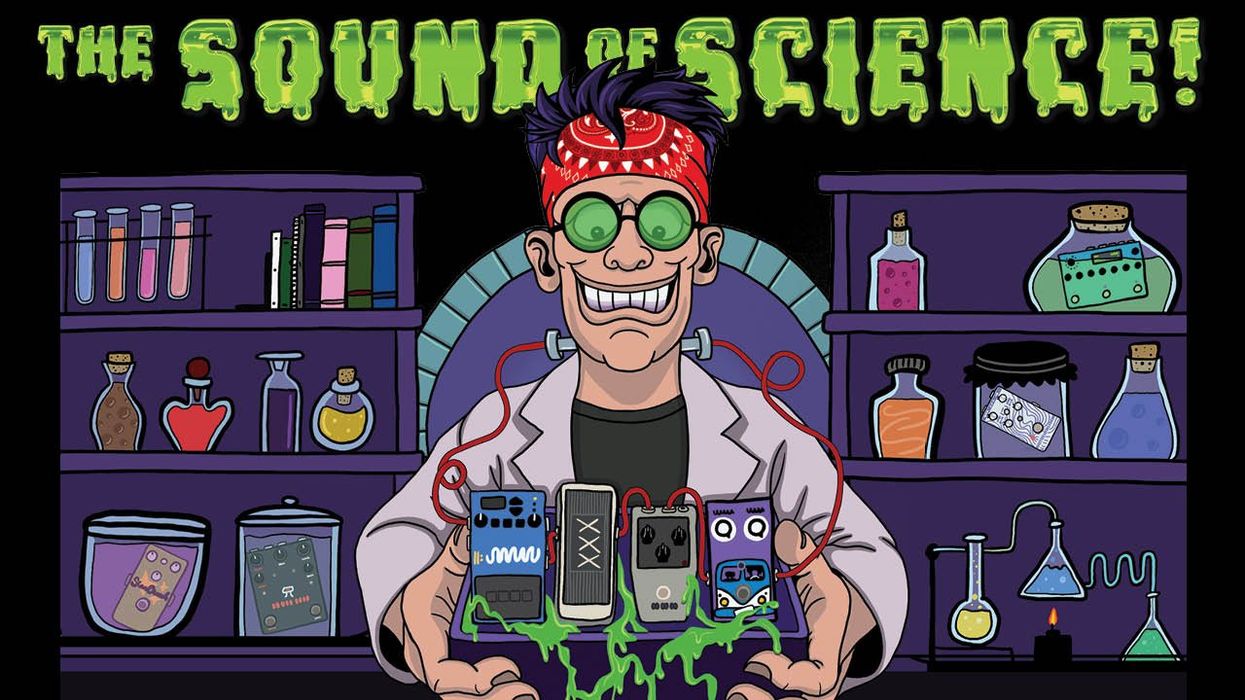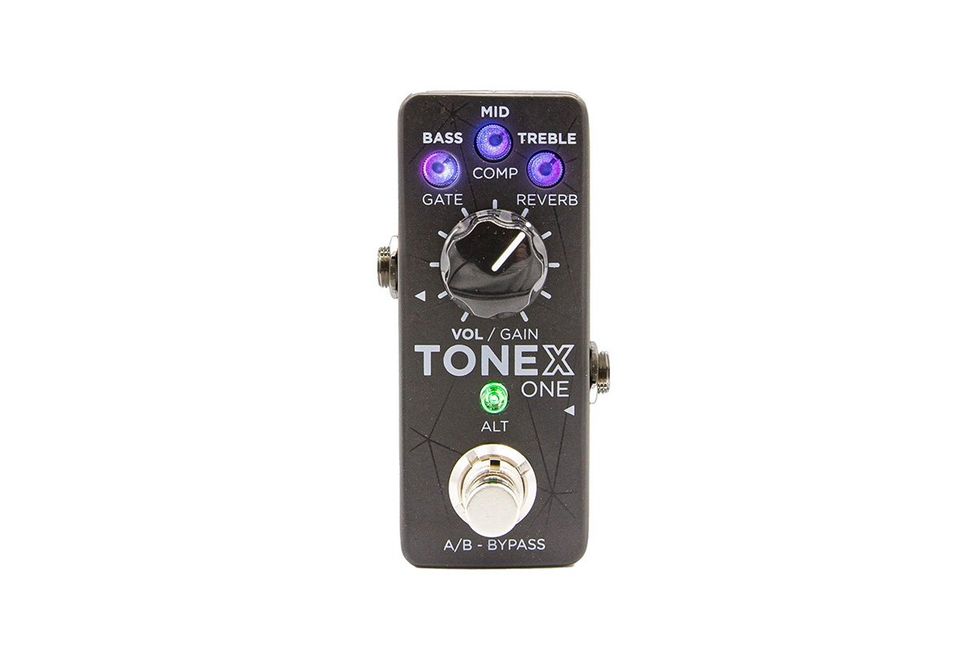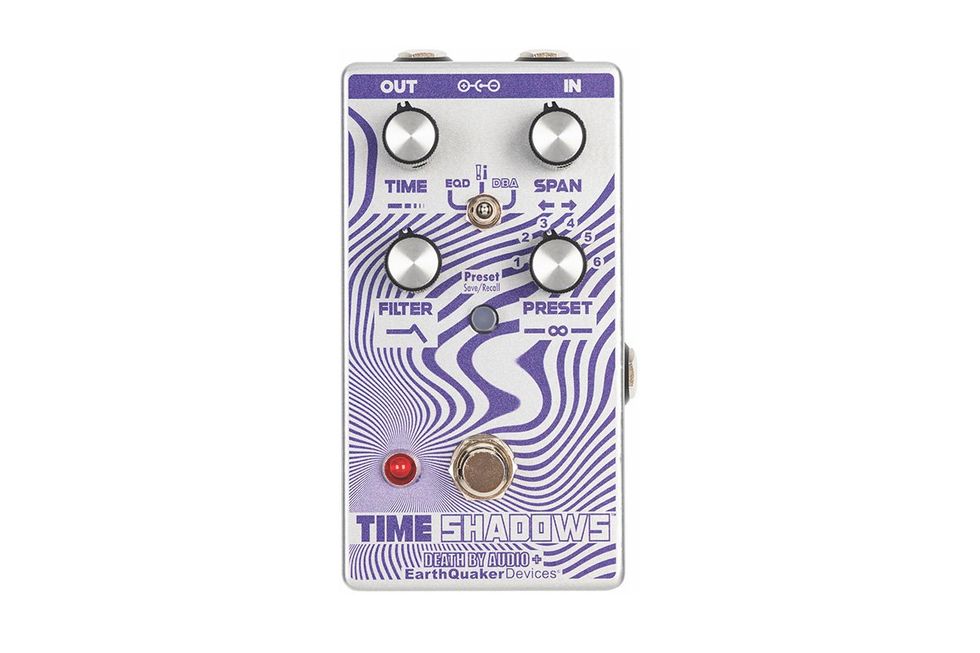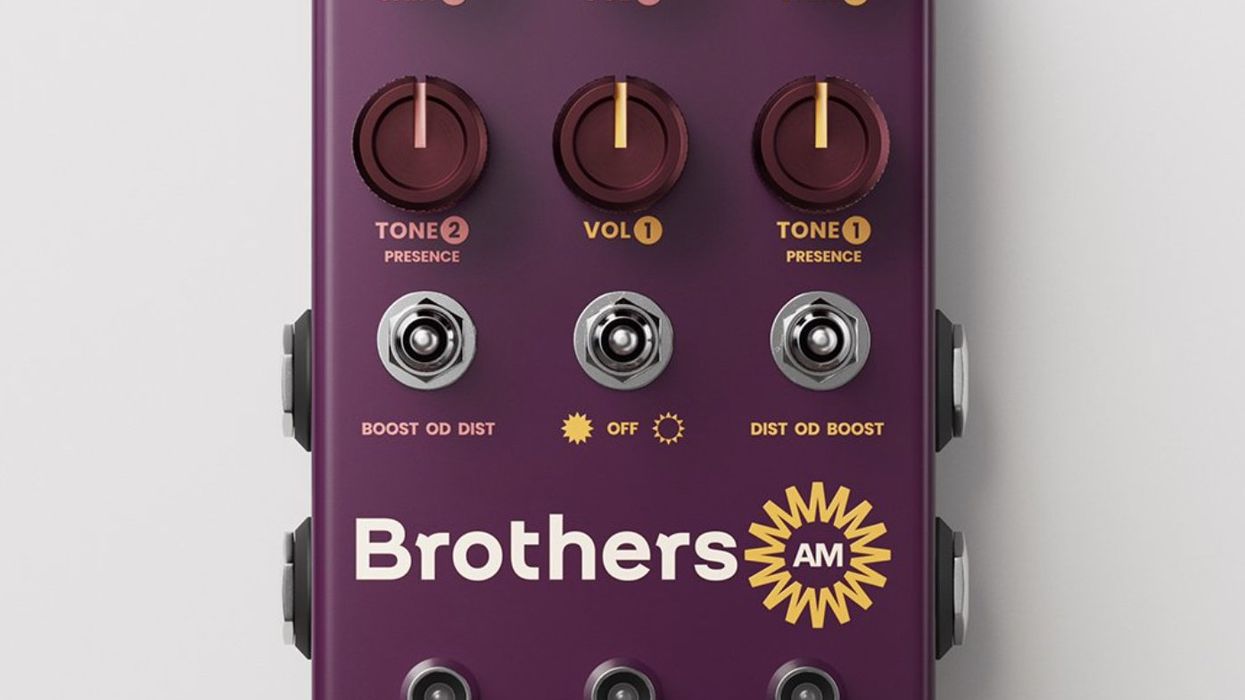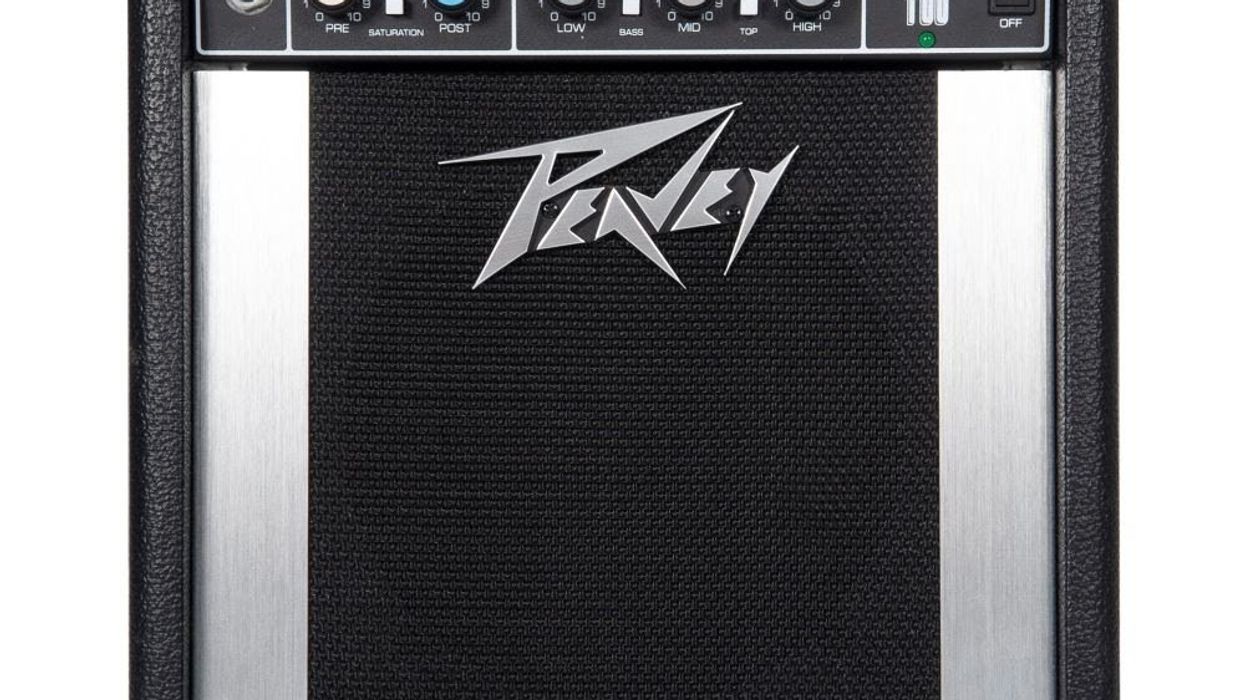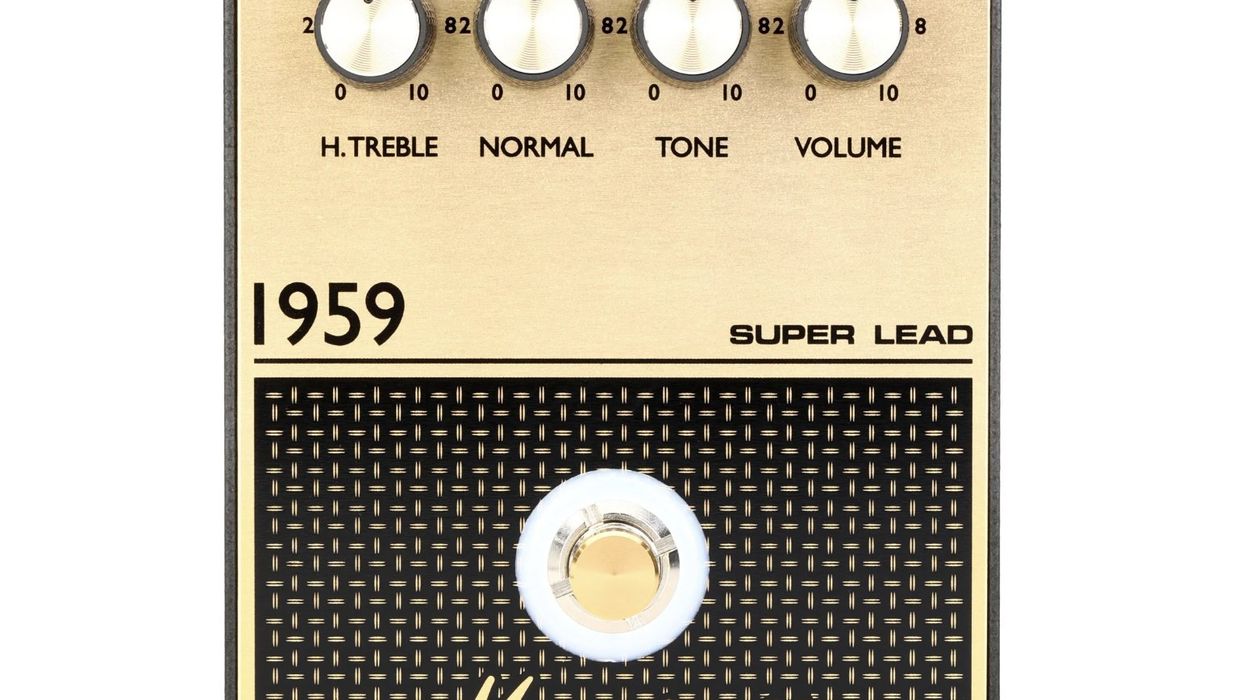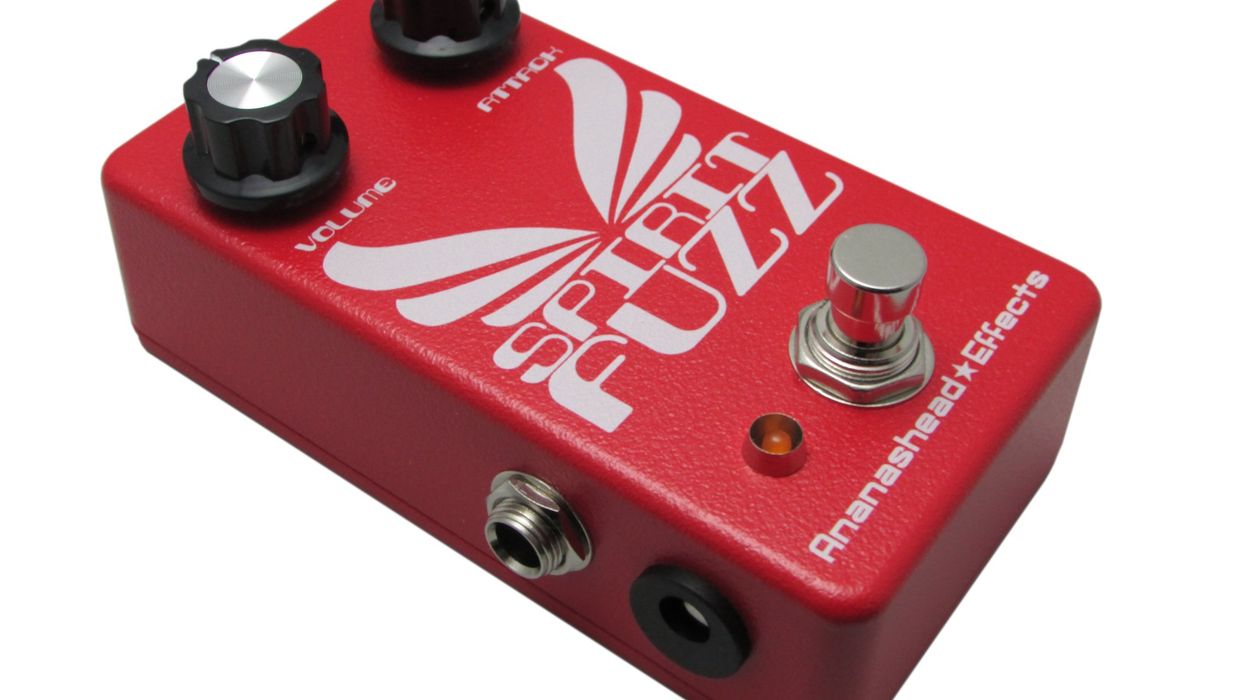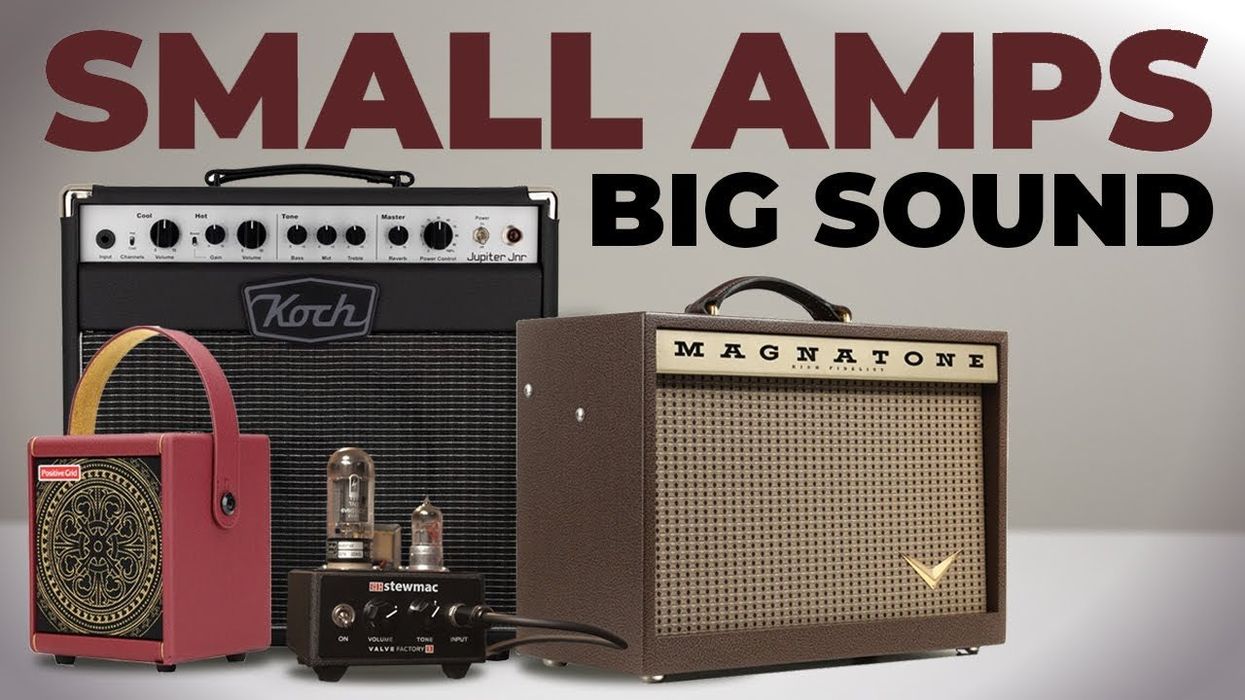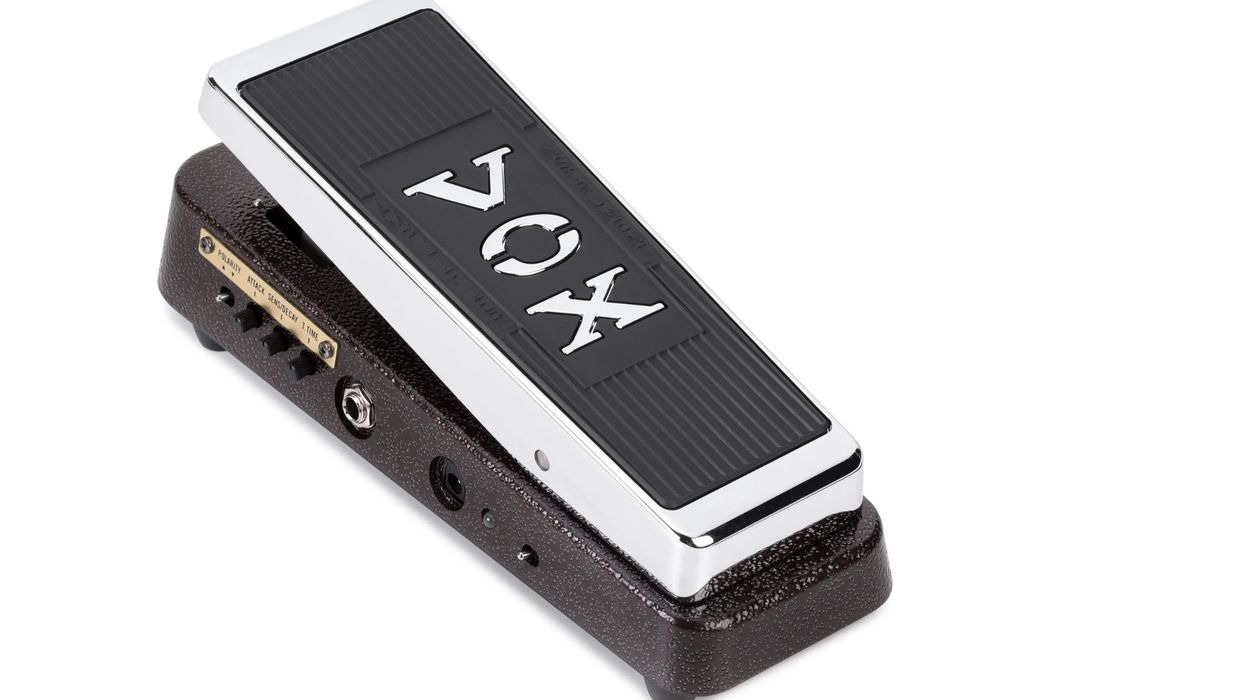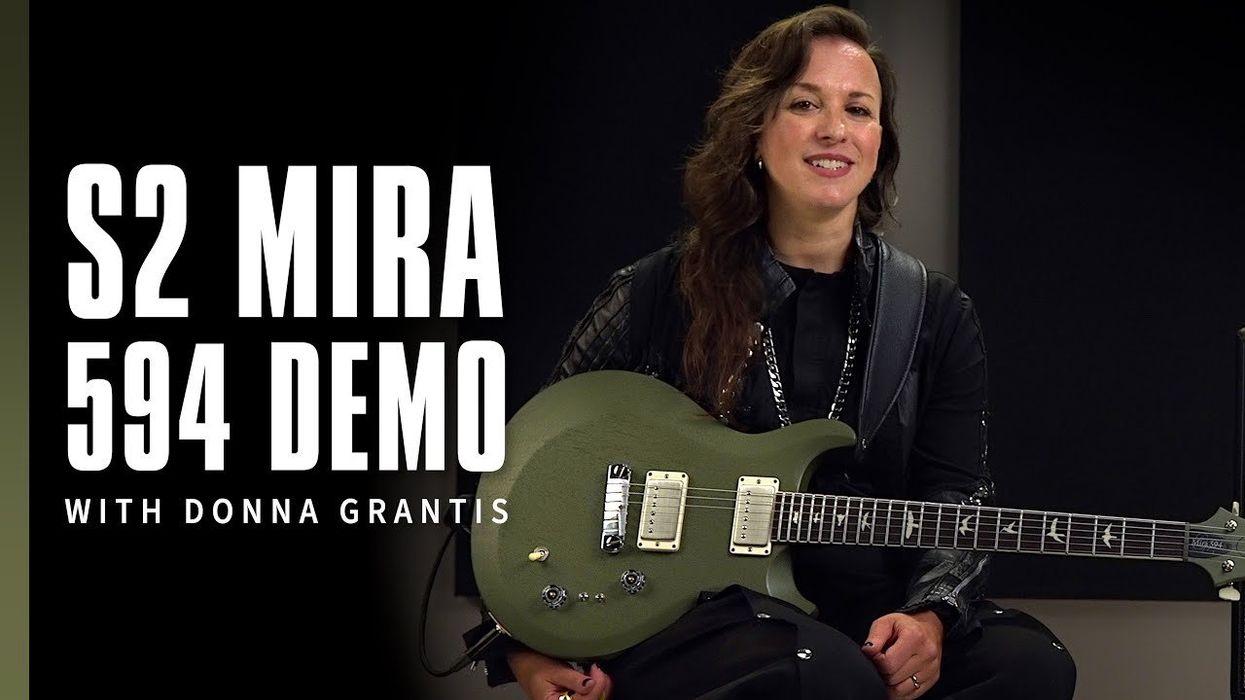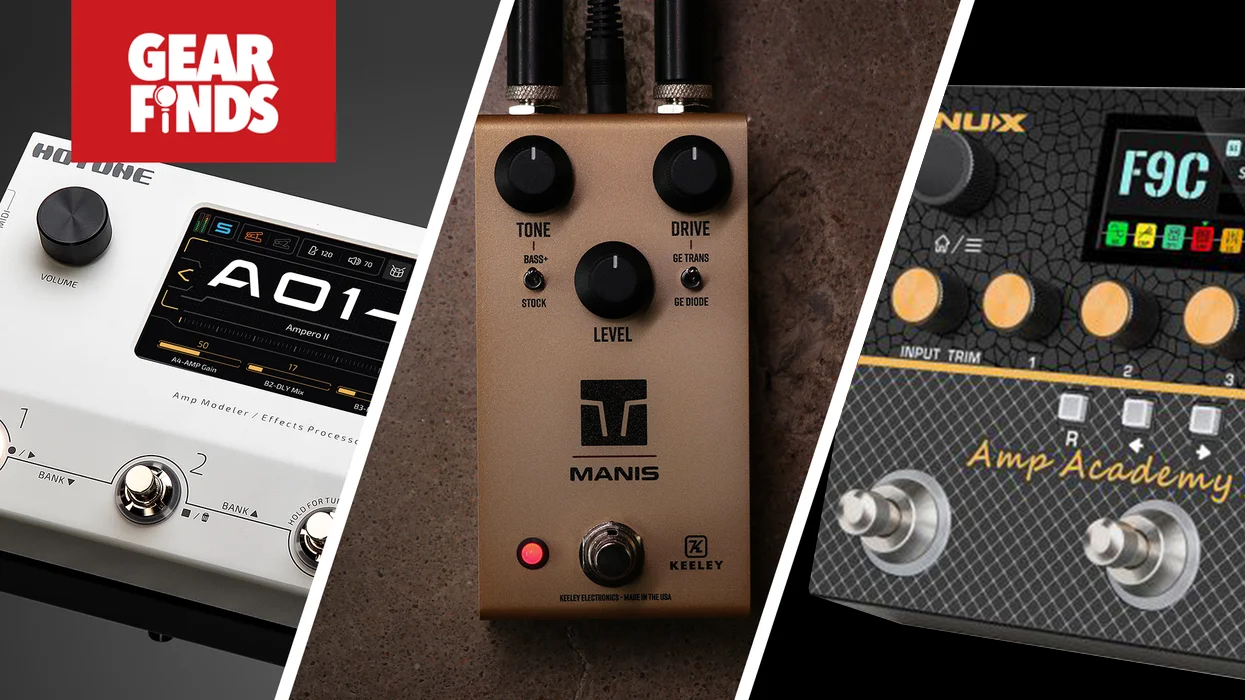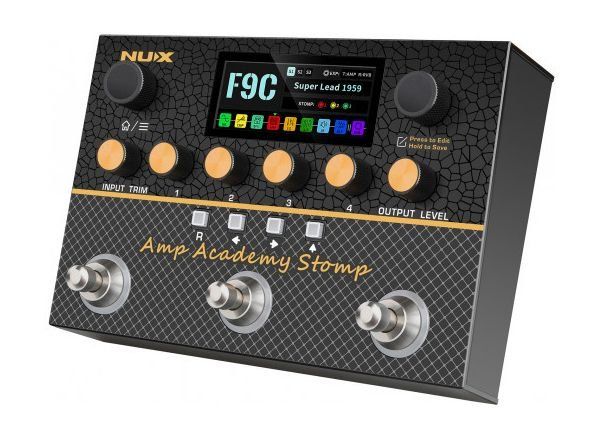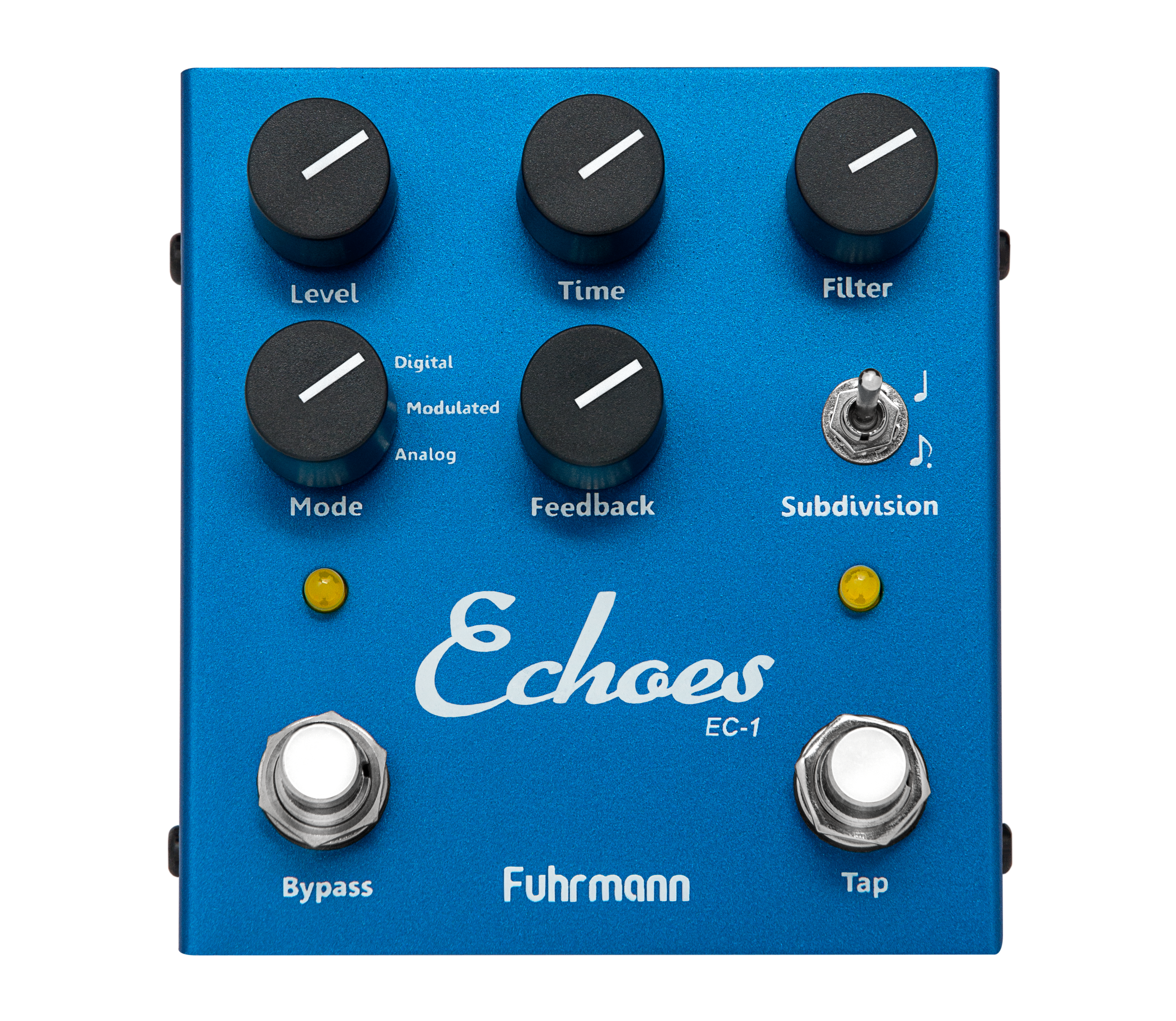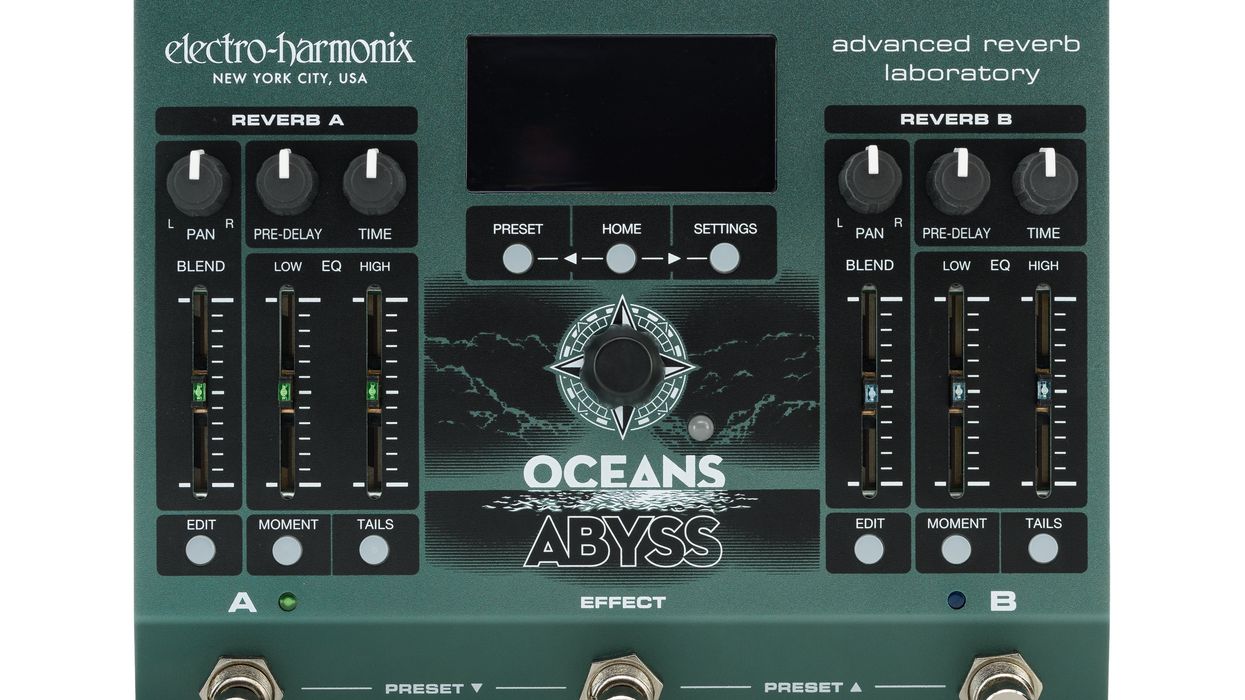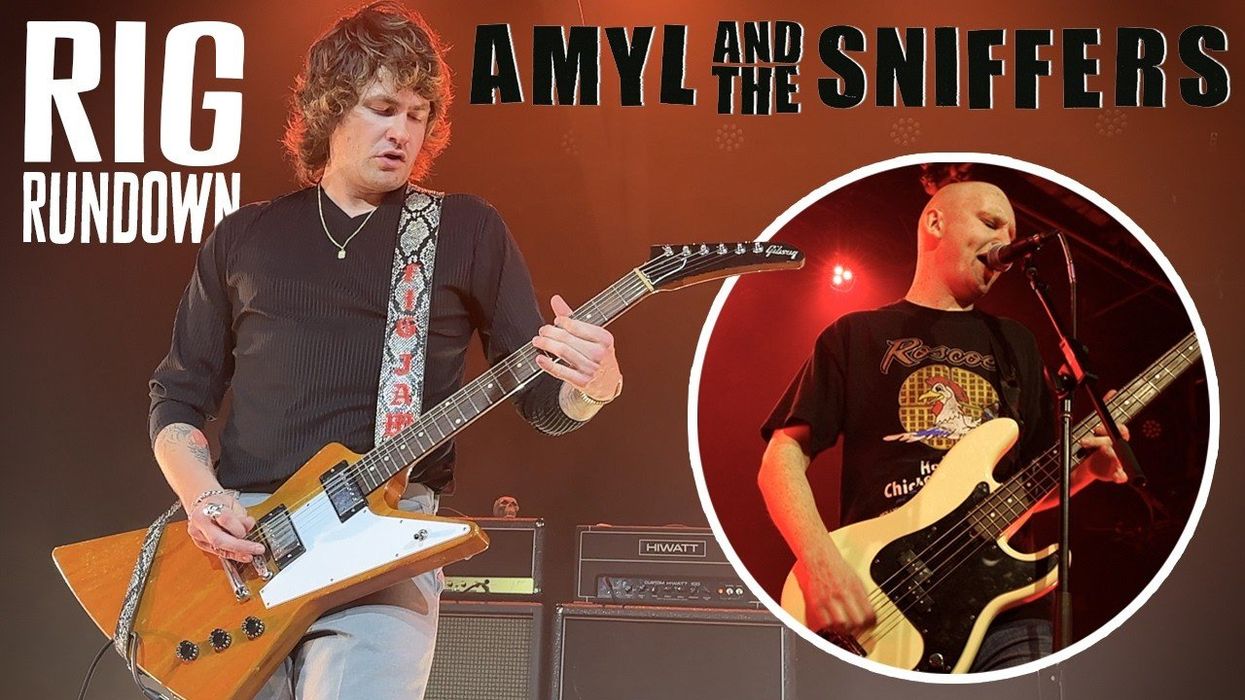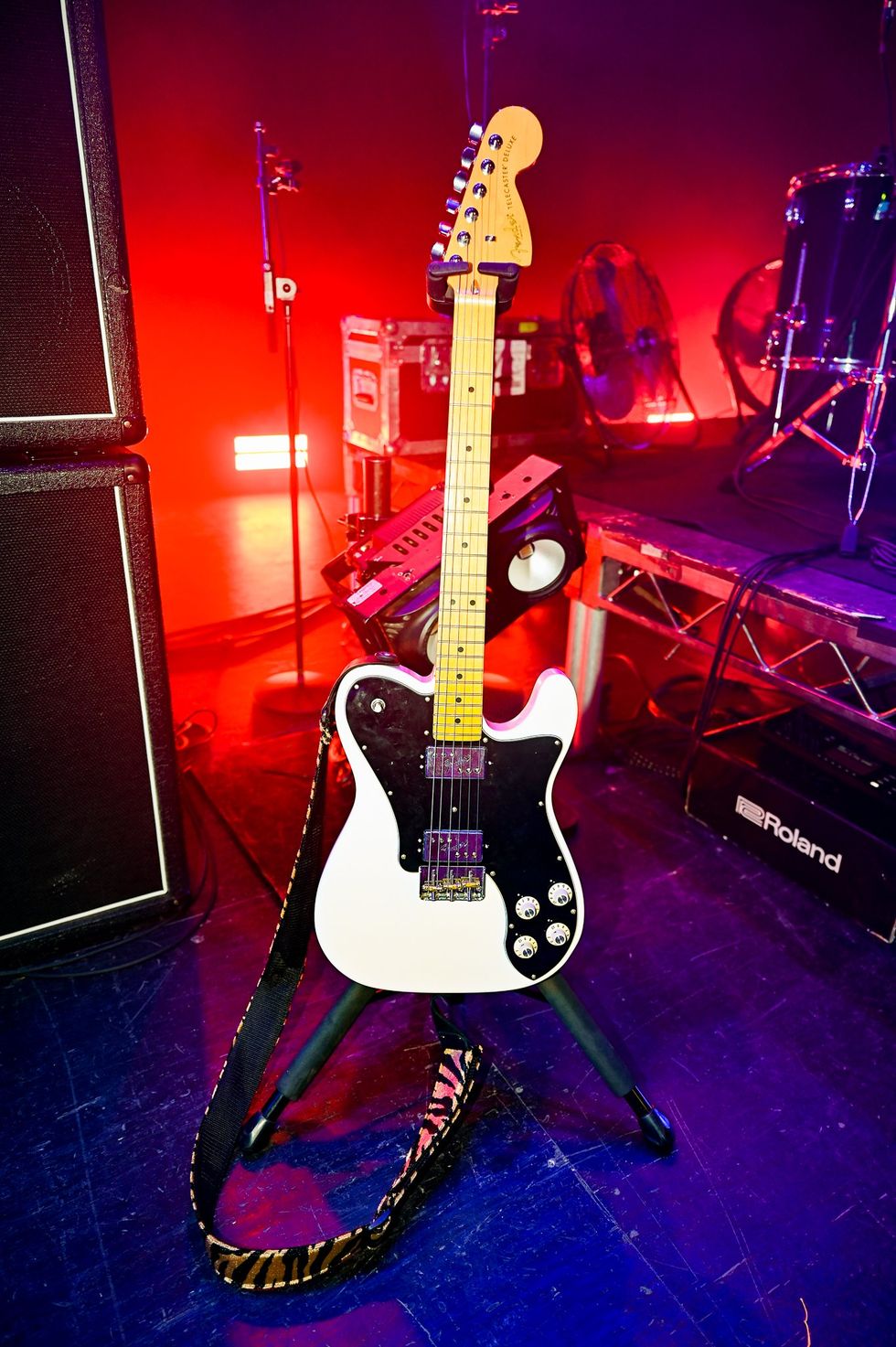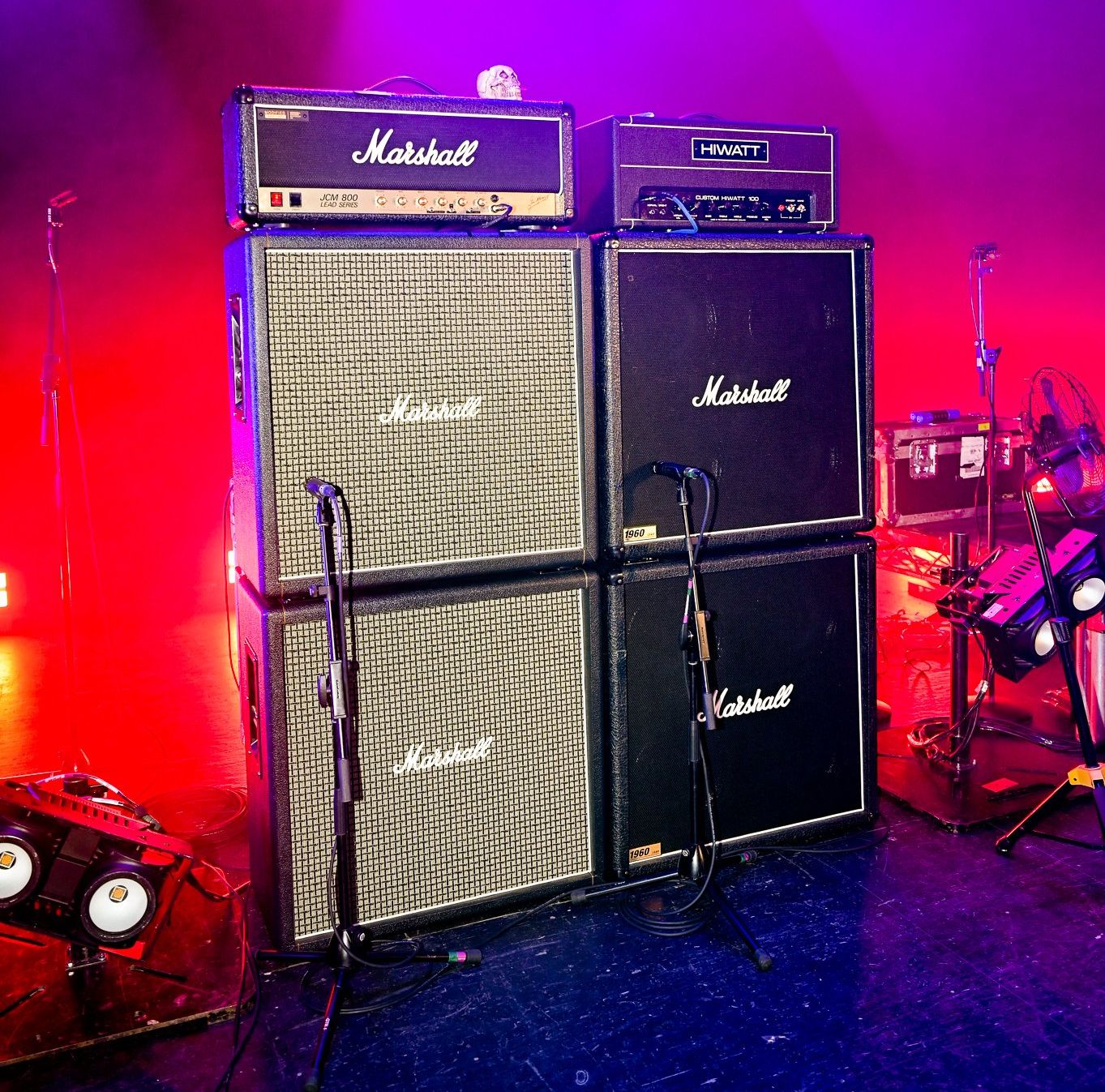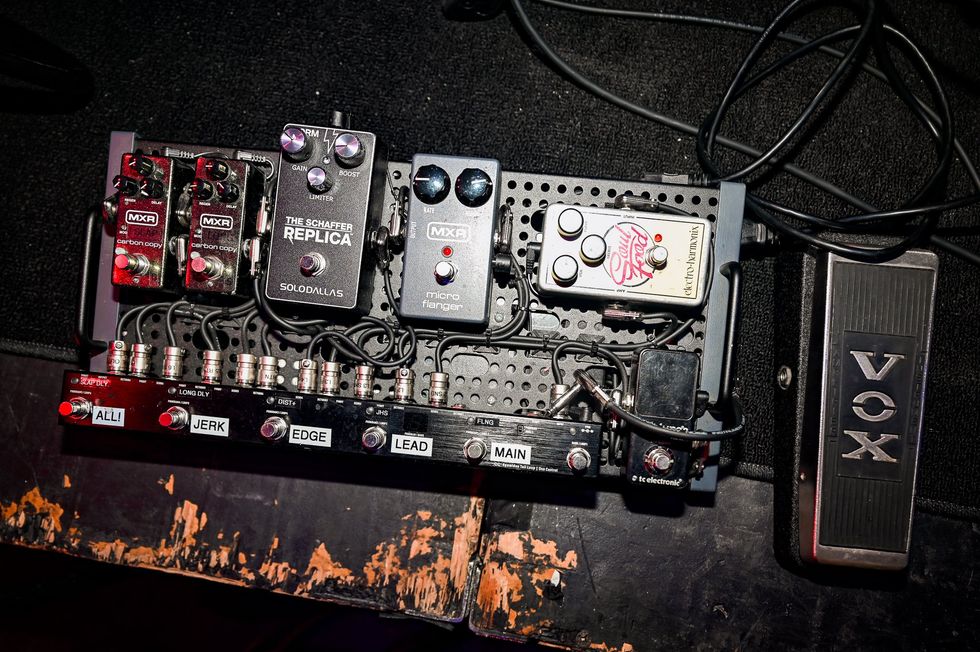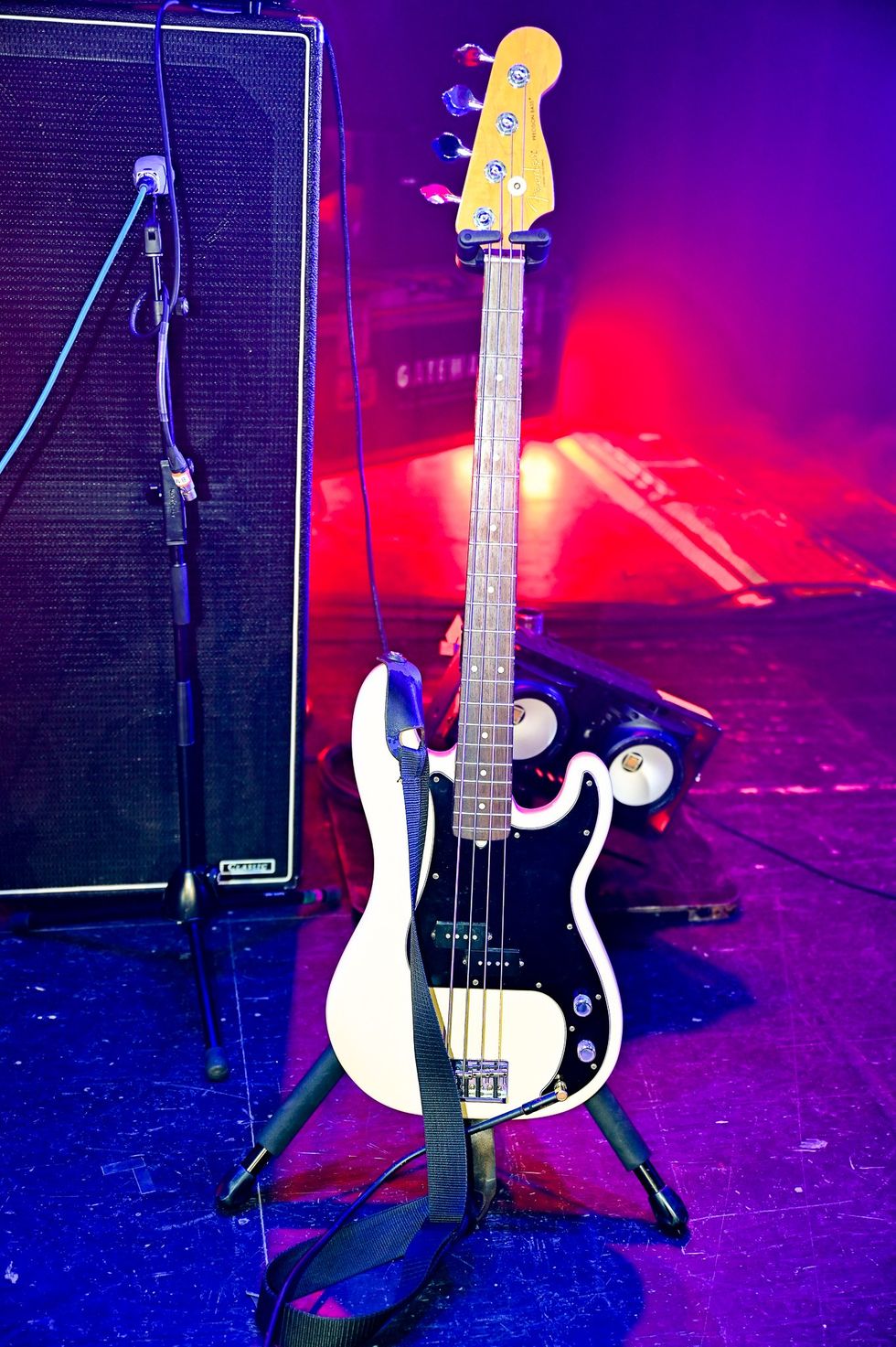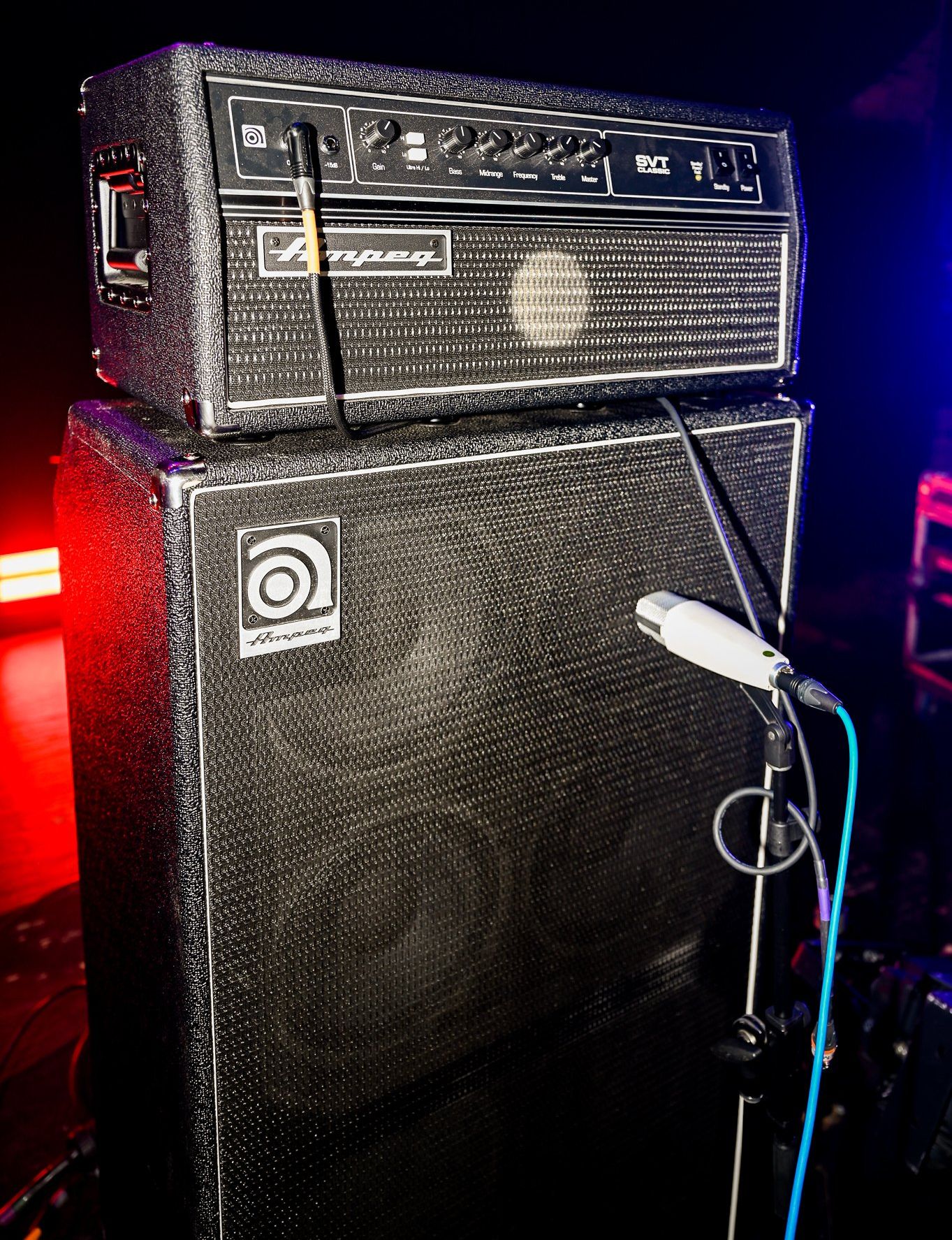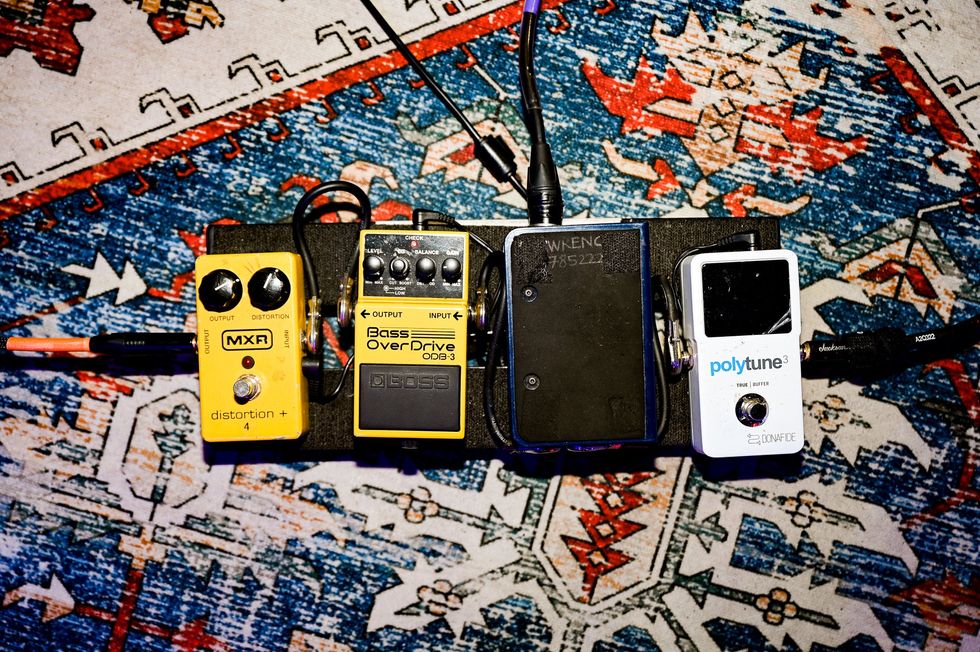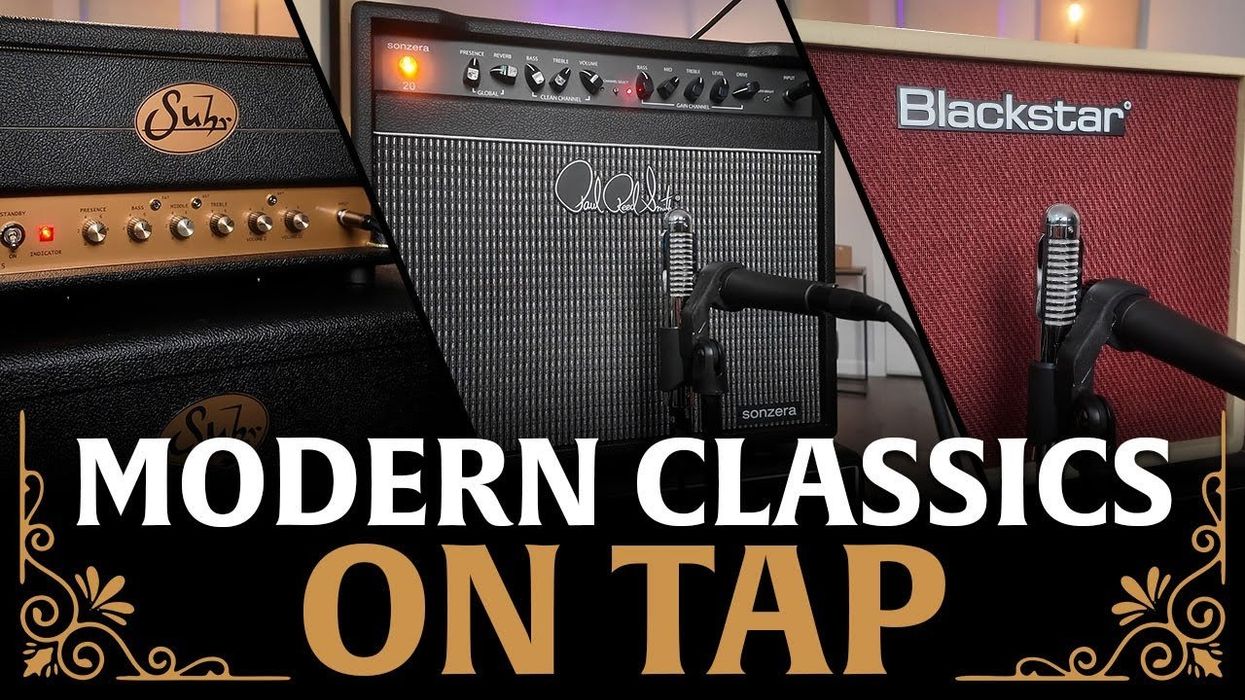In our annual pedal report, we review 20 new devices from the labs of large and boutique builders.
Overall, they encompass the historic arc of stompbox technology from fuzz and overdrives, to loopers and samplers, to tools that warp the audio end of the space-time continuum. Click on each one to get the full review as well as audio and video demos.
DigiTech JamMan Solo HD Review
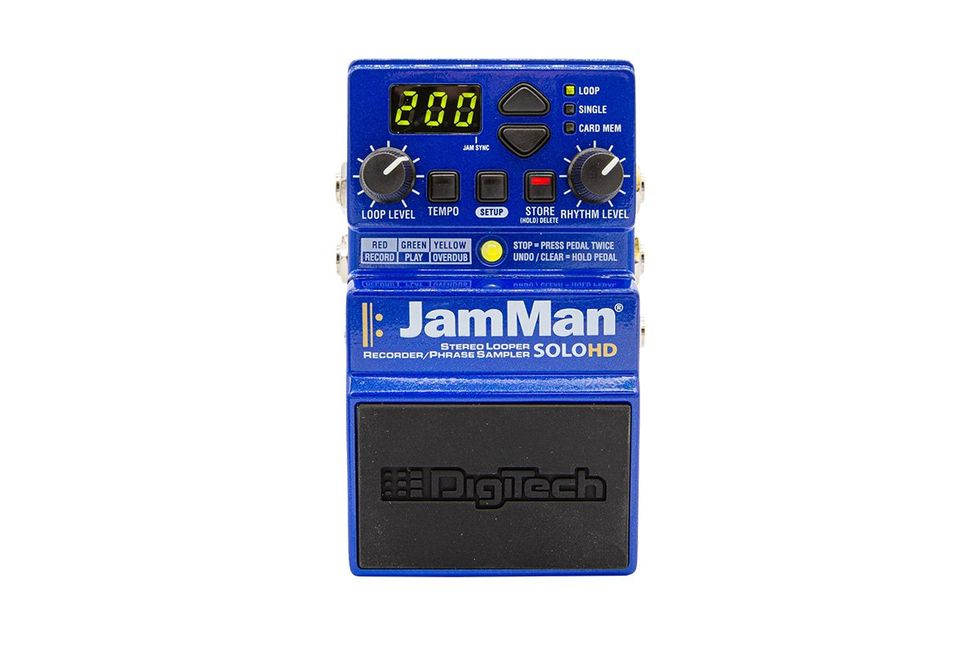
Maybe every guitarist’s first pedal should be a looper. There are few more engaging ways to learn than playing along to your own ideas—or programmed rhythms, for that matter, which are a component of the new DigiTech JamMan Solo HD’s makeup. Beyond practicing, though, the Solo HD facilitates creation and fuels the rush that comes from instant composition and arrangement or jamming with a very like-minded partner in a two-man band.
Click here to read the review.
Warm Audio Warm Bender Review
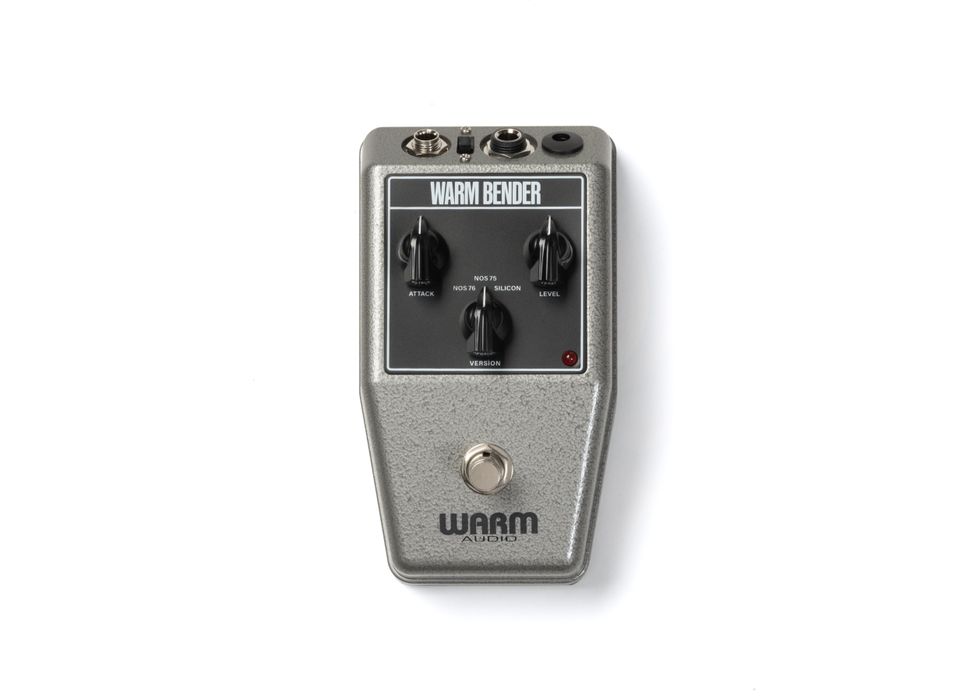
In his excellent video Fuzz Detective, my former Premier Guitar colleague and pedal designer Joe Gore put forth the proposition that the Sola Sound Tone Bender MkII marked the birth of metal. Take Warm Audio’s Warm Bender for a spin and it’s easy to hear what he means. It’s nasty and it’s heavy—electrically awake with the high-mid buzz you associate with mid-’60s psych-punk, but supported with bottom-end ballast that can knock you flat (which may be where the metal bit comes in).
Click here to read the review.
Walrus Monumental Harmonic Stereo Tremolo Review
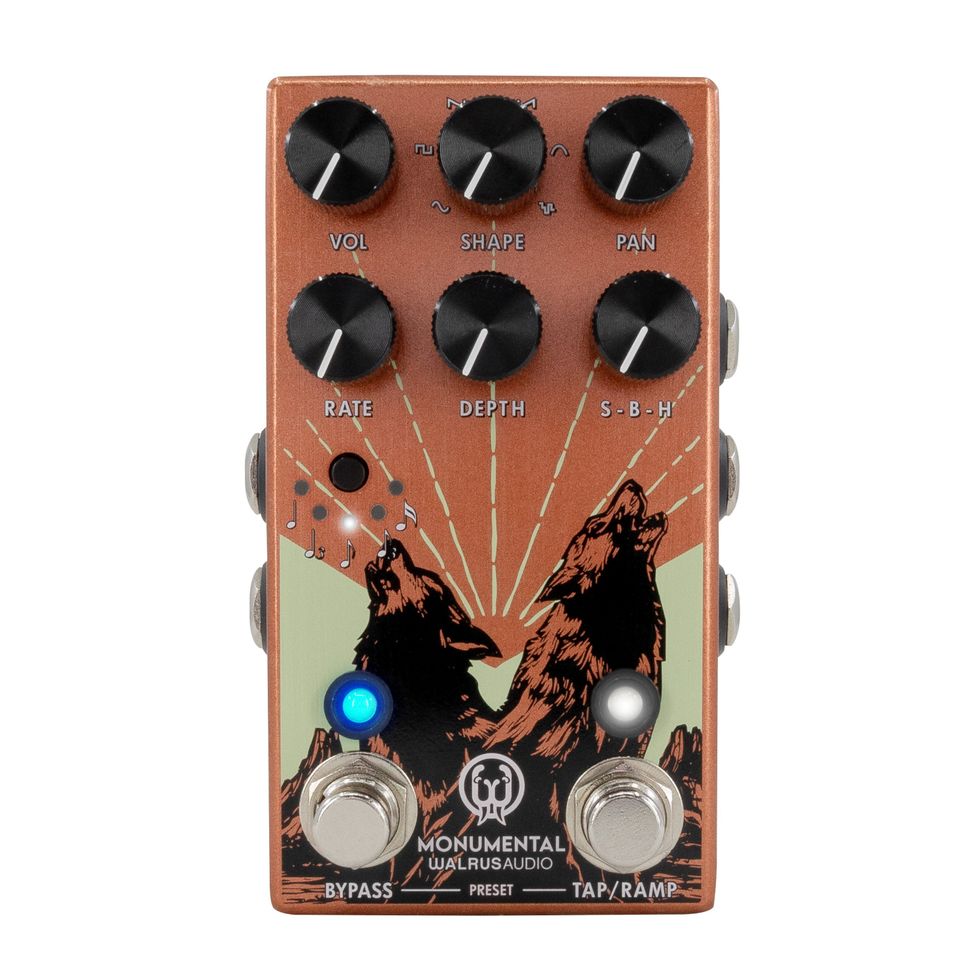
Among fellow psychedelic music-making chums in the ’90s, few tools were quite as essential as a Boss PN-2 Tremolo Pan. Few of us had two amplifiers with which we could make use of one. But if you could borrow an amp, you could make even the lamest riff sound mind-bending.
Click here to read the review.
MXR Layers Review
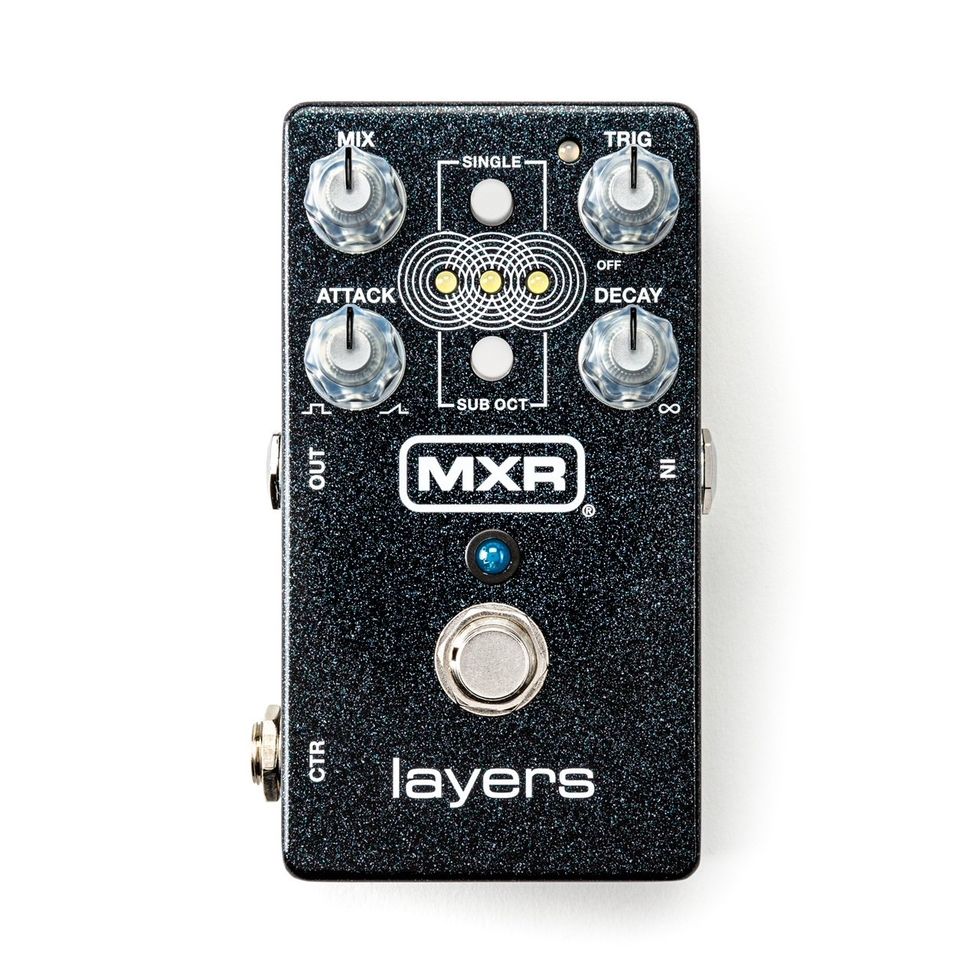
It’s unclear whether the unfortunate term “shoegaze” was coined to describe a certain English indie subculture’s proclivity for staring at pedals, or their sometimes embarrassed-at-performing demeanor. The MXR Layers will, no doubt, find favor among players that might make up this sect, as well as other ambience-oriented stylists. But it will probably leave players of all stripes staring floorward, too, at least while they learn the ropes with this addictive mashup of delay, modulation, harmonizer, and sustain effects.
Click here to read the review.
Wampler Mofetta Review

Wampler’s new Mofetta is a riff on Ibanez’s MT10 Mostortion, a long-ago discontinued pedal that’s now an in-demand cult classic. If you look at online listings for the MT10, you’ll see that asking prices have climbed up to $1k in extreme cases.
Click here to read the review.
Catalinbread StarCrash Fuzz Review
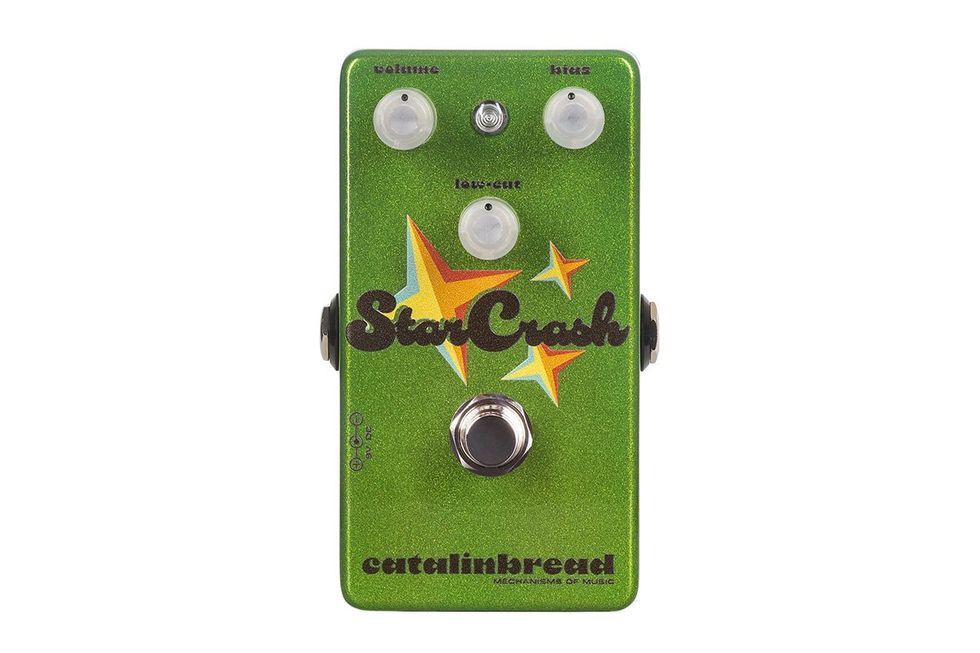
Although inspired by the classic Fuzz Face, this stomp brings more to the hair-growth game with wide-ranging bias and low-cut controls.
Red Panda Radius Review
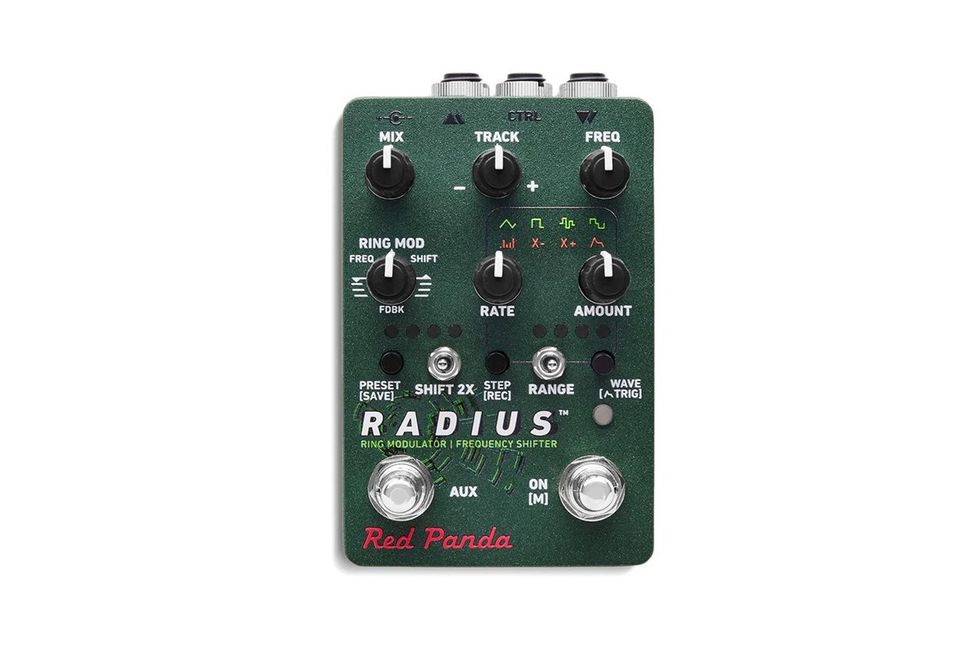
Intrepid knob-tweakers can blend between ring mod and frequency shifting and shoot for the stars.
Electro-Harmonix LPB-3 Linear Power Booster and EQ Review
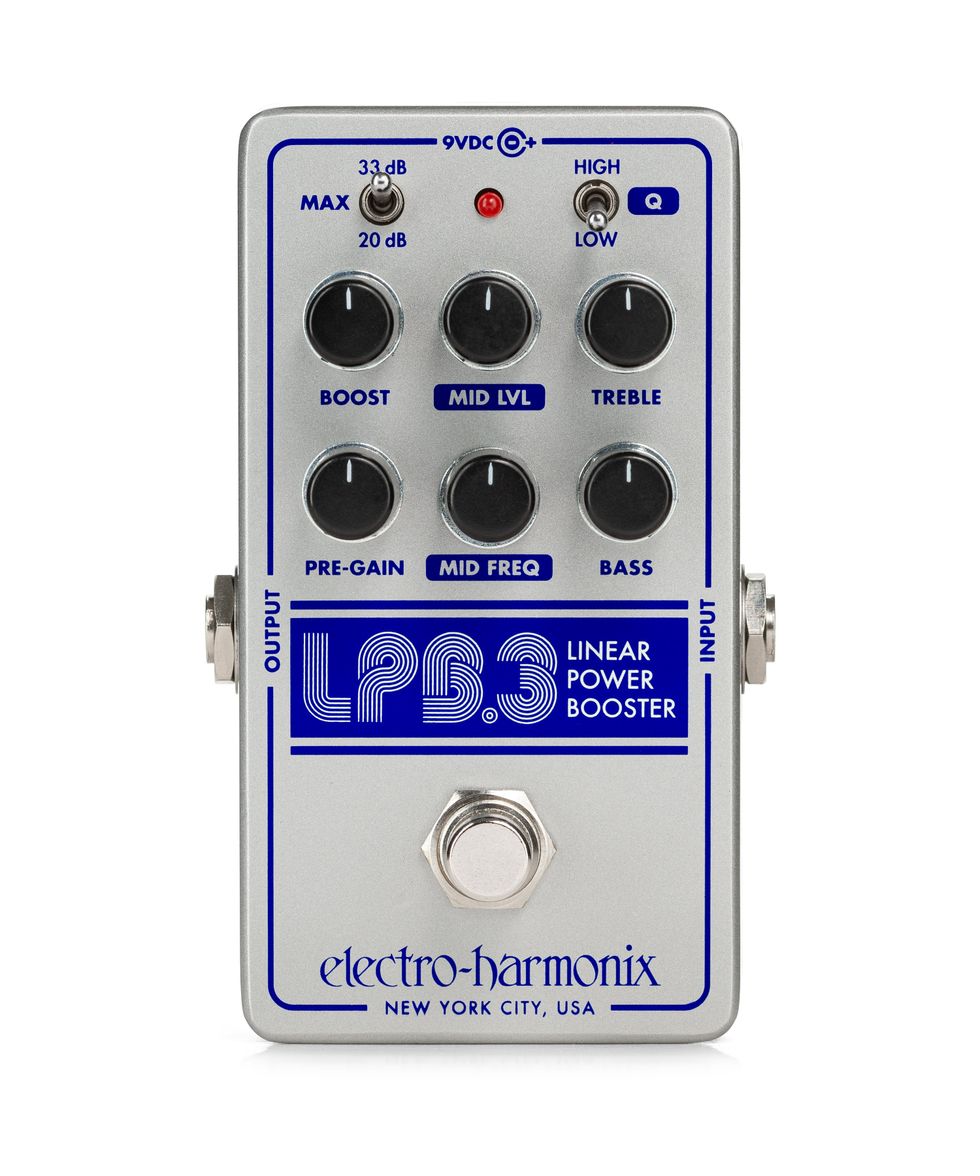
Descended from the first Electro-Harmonix pedal ever released, the LPB-1 Linear Power Booster, the new LPB-3 has come a long way from the simple, one-knob unit in a folded-metal enclosure that plugged straight into your amplifier. Now living in Electro-Harmonix’s compact Nano chassis, the LPB-3 Linear Power Booster and EQ boasts six control knobs, two switches, and more gain than ever before.
JFX Pedals Deluxe Modulation Ensemble Review
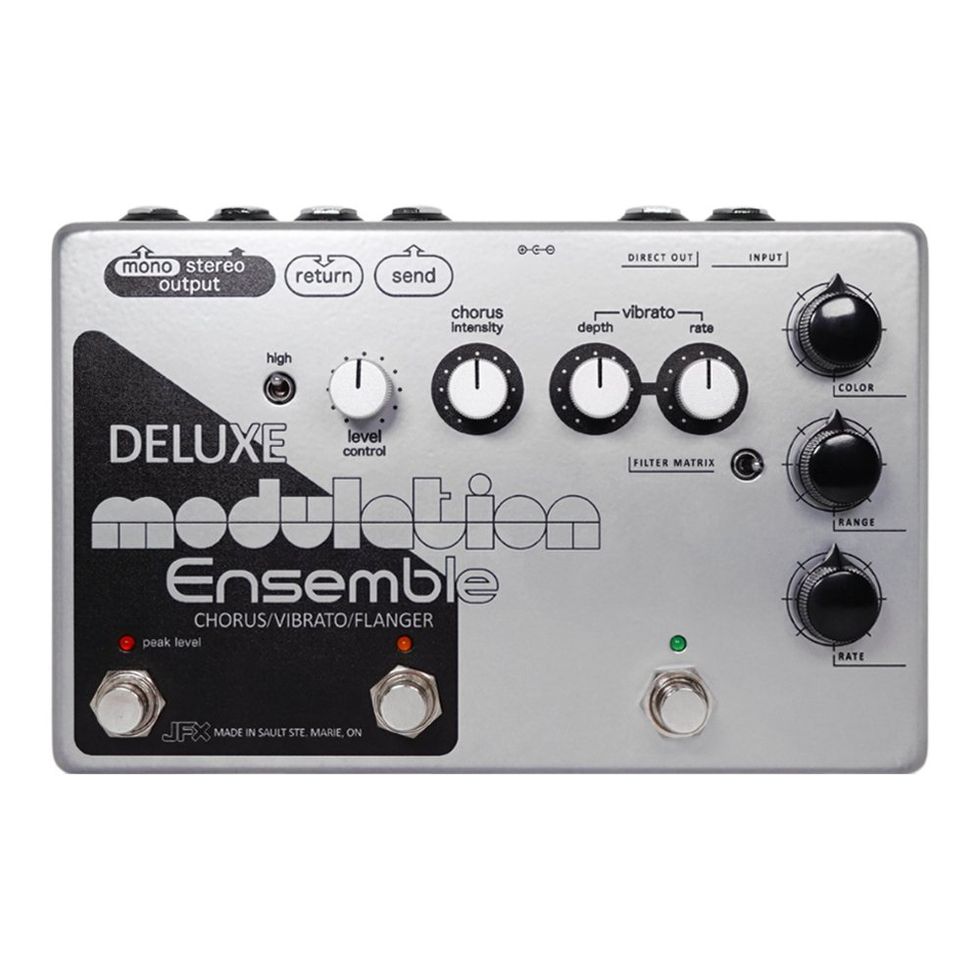
This four-in-one effects box is a one-stop shop for Frusciante fans, but it’s also loaded with classic-rock swagger.
Origin Effects Cali76 FET Review
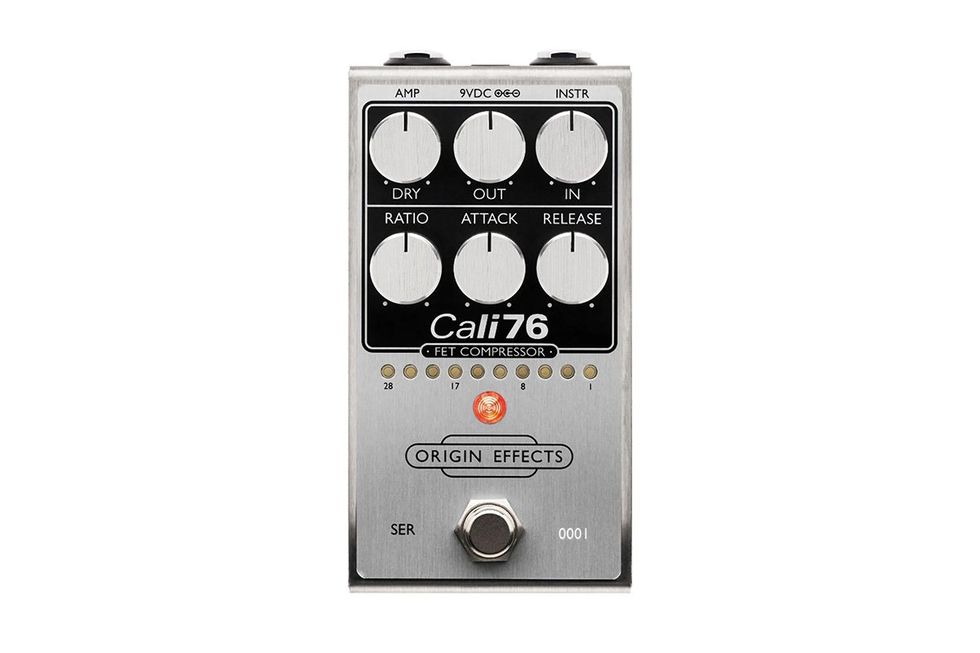
The latest version of this popular boutique pedal adds improved metering and increased headroom for a more organic sound.
JAM Fuzz Phrase Si Review
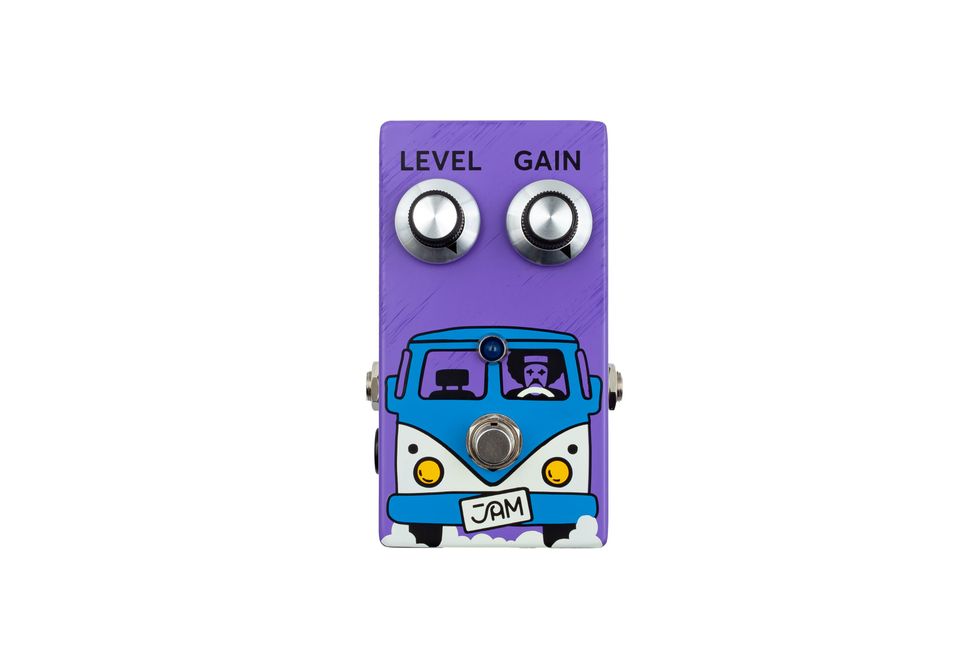
Everyone has records and artists they indelibly associate with a specific stompbox. But if the subject is the silicon Fuzz Face, my first thought is always of David Gilmour and the Pink Floyd: Live at Pompeii film. What you hear in Live at Pompeii is probably shaped by a little studio sweetening. Even still, the fuzz you hear in “Echoes” and “Careful With That Axe, Eugene”—well, that is how a fuzz blaring through a wall of WEM cabinets in an ancient amphitheater should sound, like the sky shredded by the wail of banshees.
Fishman EchoBack Mini Delay Review
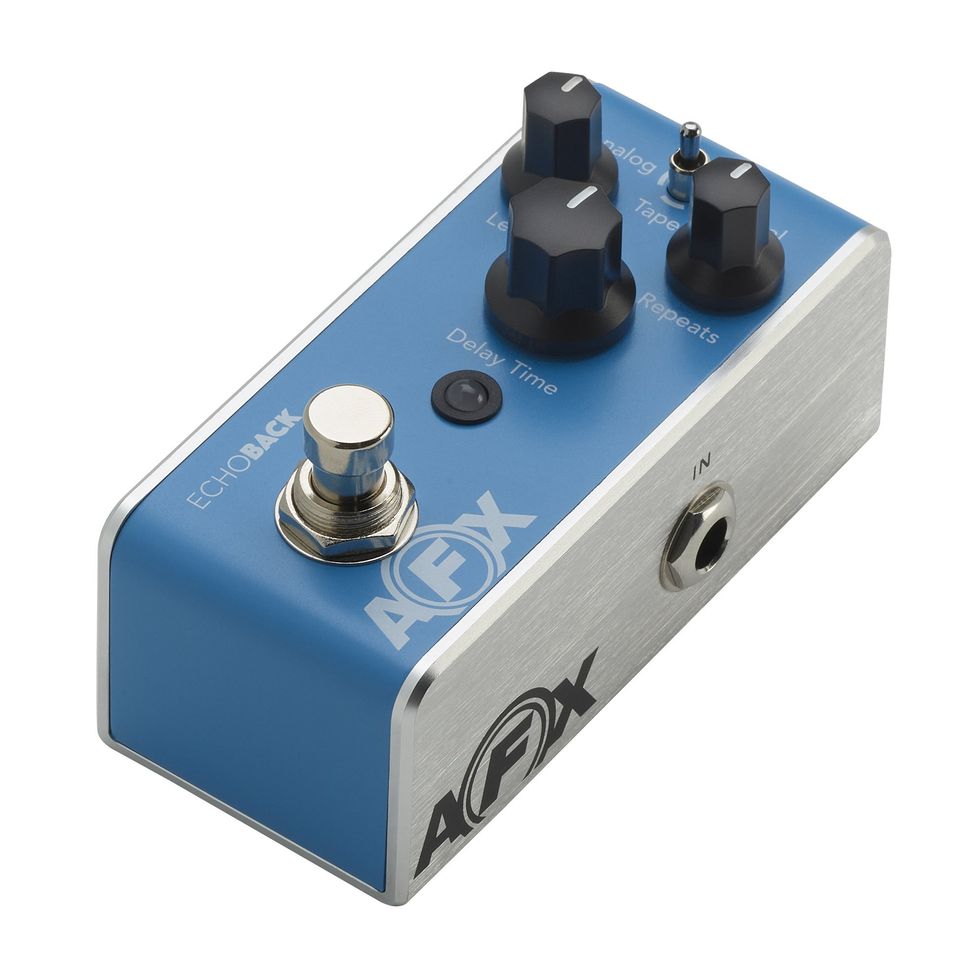
As someone who was primarily an acoustic guitarist for the first 16 out of 17 years that I’ve been playing, I’m relatively new to the pedal game. That’s not saying I’m new to effects—I’ve employed a squadron of them generously on acoustic tracks in post-production, but rarely in performance. But I’m discovering that a pedalboard, particularly for my acoustic, offers the amenities and comforts of the hobbit hole I dream of architecting for myself one day in the distant future.
RJM Full English Programmable Overdrive Review
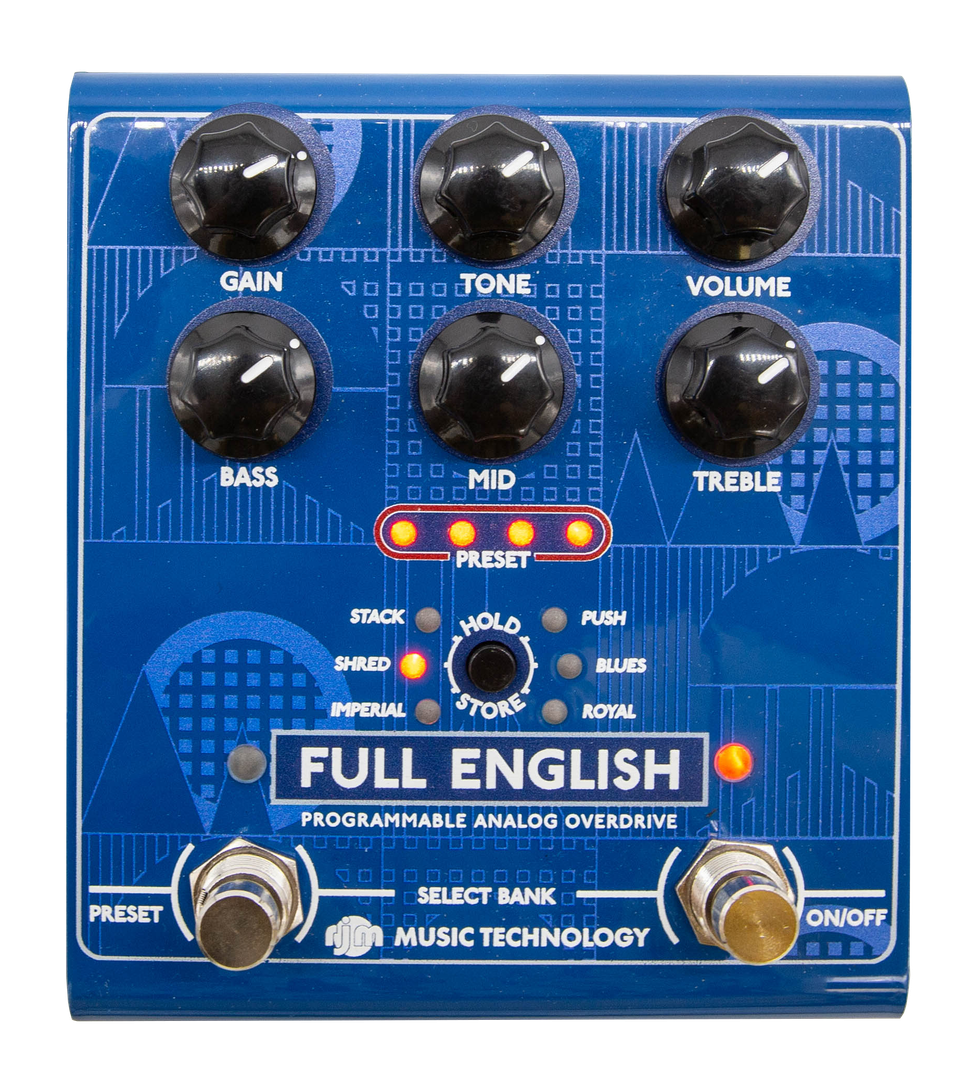
Programmability and preset storage aren’t generally concerns for the average overdrive user. But if expansive digital control for true analog drive pedals becomes commonplace, it will be because pedals like the Full English Programmable Overdrive from RJM Music Technology make it fun and musically satisfying.
Strymon BigSky MX Review
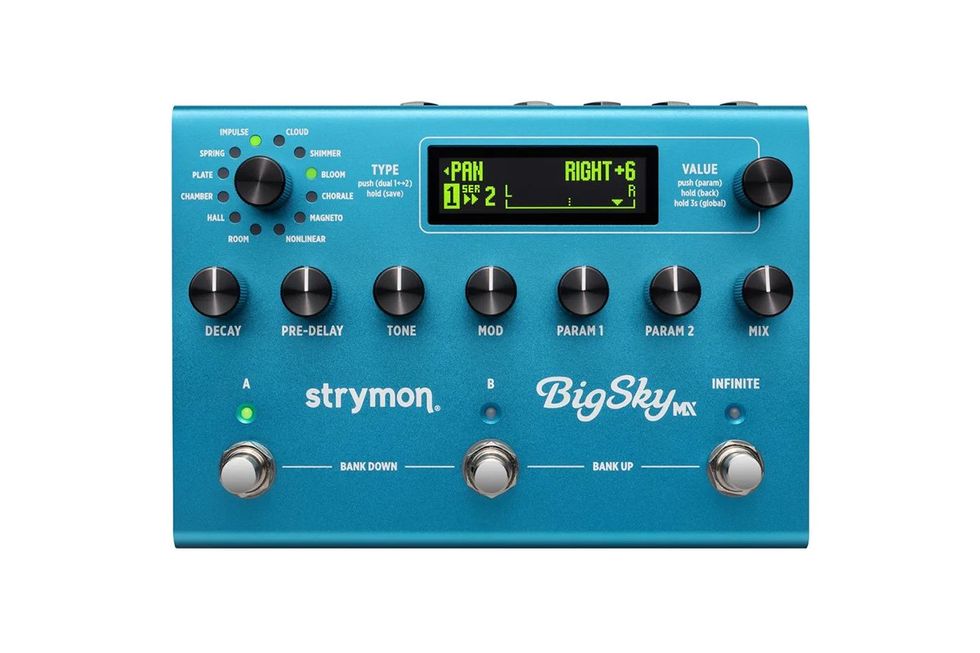
Strymon calls the BigSky MX pedal “one reverb to rule them all.” Yep, that’s a riff on something we’ve heard before, but in this case it might be hard to argue. In updating what was already one of the market’s most comprehensive and versatile reverbs, Strymon has created a reverb pedal that will take some players a lifetime to fully explore. That process is likely to be tons of fun, too.
JHS Hard Drive Review
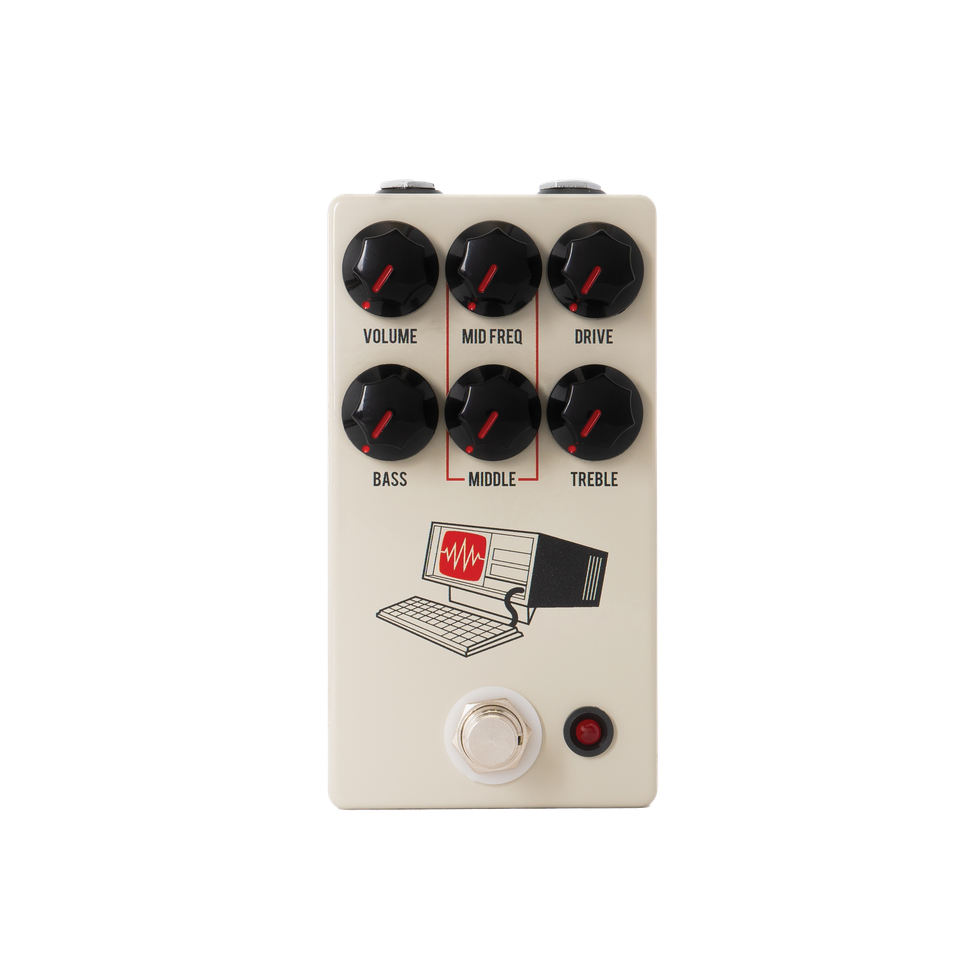
JHS makes many great and varied overdrive stomps. Their Pack Rat is a staple on one of my boards, and I can personally attest to the quality of their builds. The new Hard Drive has been in the works since as far back as 2016, when Josh Scott and his staff were finishing off workdays by jamming on ’90s hard rock riffs.
Keeley I Get Around Review
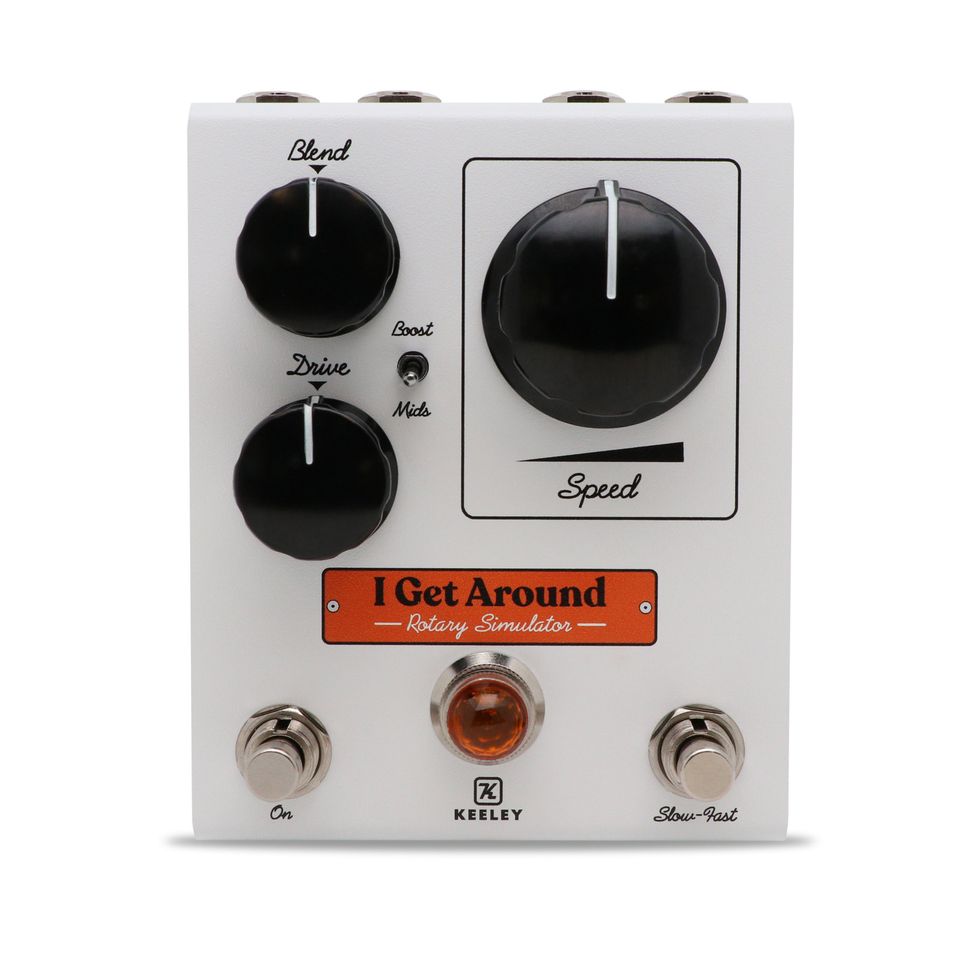
A highly controllable, mid-priced rotary speaker simulator inspired by the Beach Boys that nails the essential character of a Leslie—in stereo.
Cusack Project 34 Selenium Rectifier Pre/Drive
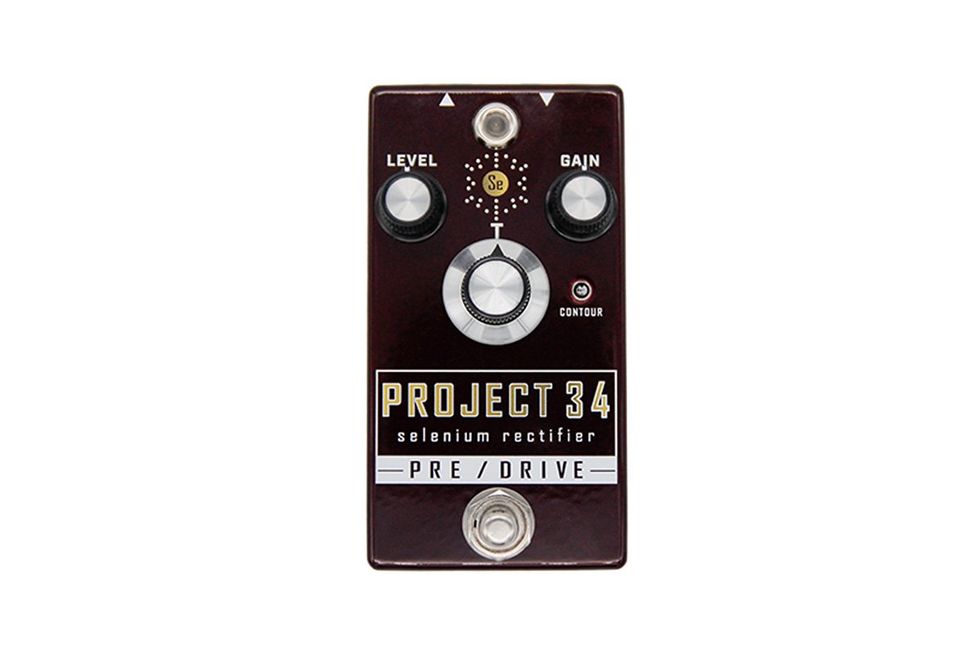
The term “selenium rectifier” might be Greek to most guitarists, but if it rings a bell with any vintage-amp enthusiasts that’s likely because you pulled one of these green, sugar-cube-sized components out of your amp’s tube-biasing network to replace it with a silicon diode.
Vox Real McCoy VRM-1 Review
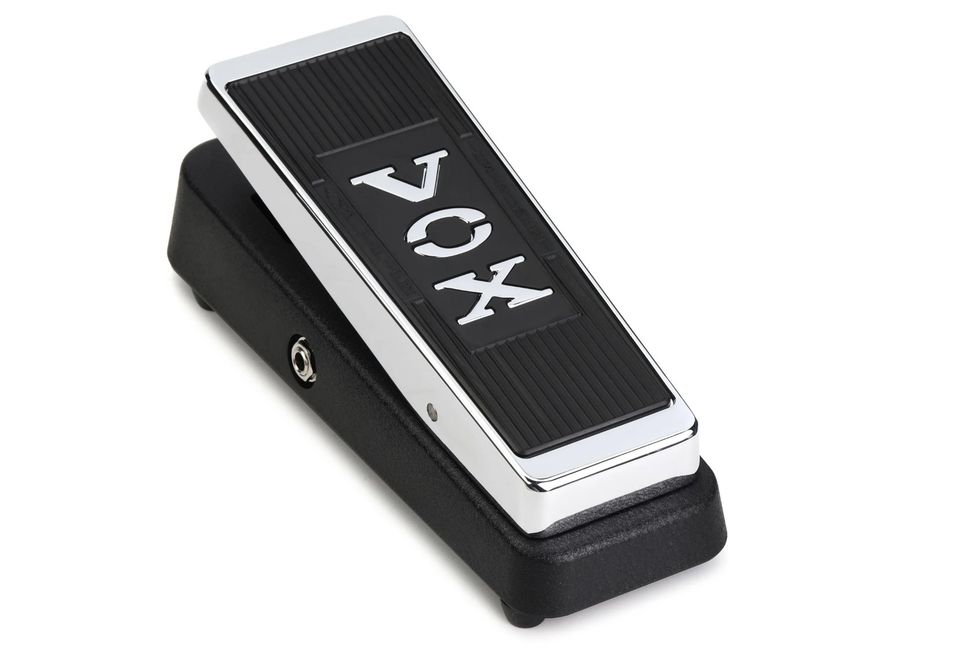
Some pedals are more fun than others. And on the fun spectrum, a new Vox wah is like getting a bike for Christmas. There’s gleaming chrome. It comes in a cool vinyl pouch that’s hipper than a stocking. Put the pedal on the floor and you feel the freedom of a marauding BMX delinquent off the leash, or a funk dandy cool-stepping through the hot New York City summertime. It’s musical motion. It’s one of the most stylish effects ever built. A good one will be among the coolest-sounding, too.
